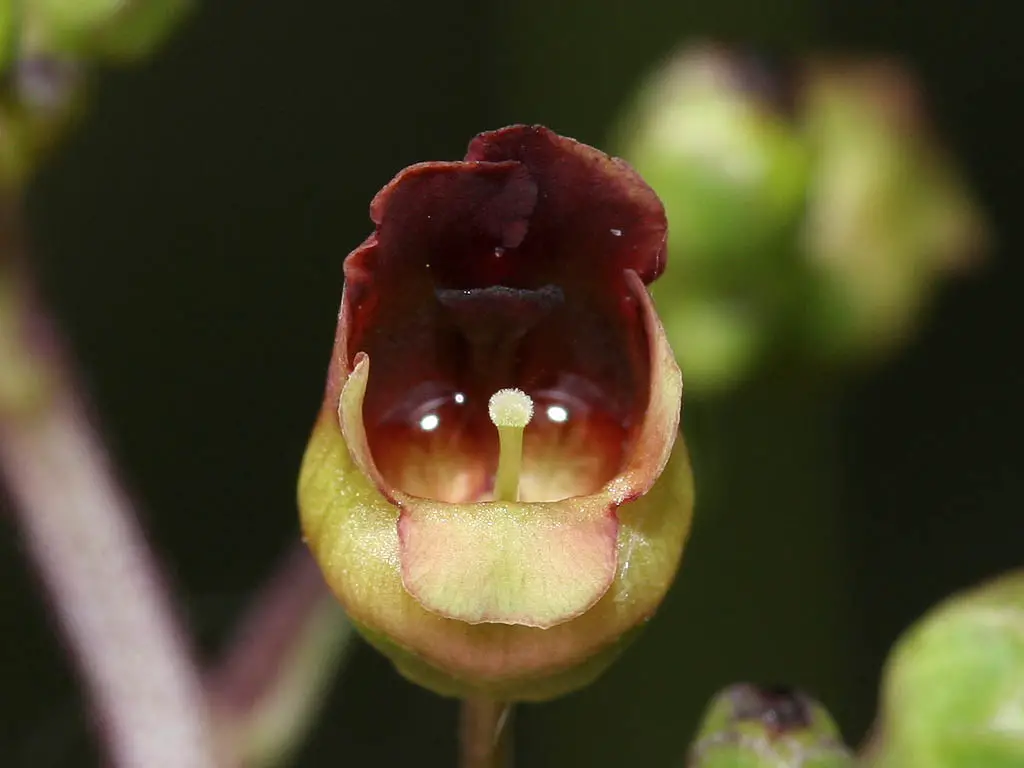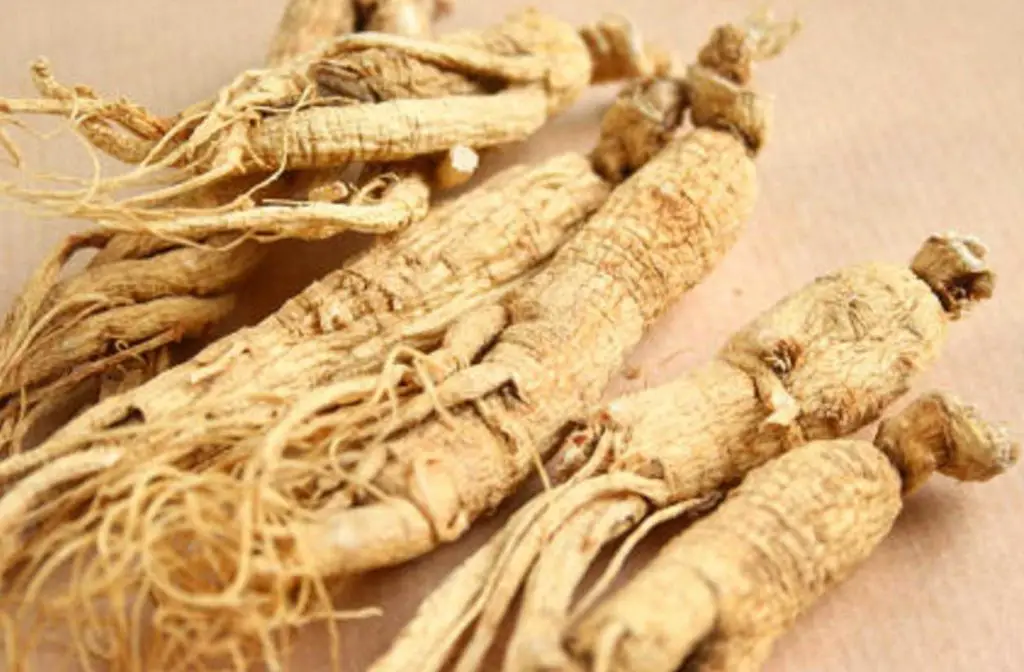What is Dragons Blood?
Dragon’s Blood is a vivid red resin that is derived from a variety of different plant genera, including Croton, Dracaena, Daemonorops, Calamus rotang and Pterocarpus. It has been utilized by people from all four corners of the globe and the history of its use dates back several thousand years. In medieval times, there was some confusion as to where the
resin actually came from, with some scholars believing that it was literally the blood of dragons. The ancient Greeks, Romans, Arabs, Chinese and South Americans all valued the resin for its medicinal and practical applications and in some parts of the world, its popularity has never diminished. In China and Indonesia, the resin is currently sold in the form of large solid red balls, whilst in South America, bottles of liquid resin can be purchased from medicinal stalls at local markets. The Chinese use a pigment derived from Dragon’s Blood to create banners and decorations, particularly those used for wedding celebrations and at New Years.


Dragon’s Blood originally made its way into ancient Europe from the island of Socotra via the Incense Road. Socotra was an important trading island in the ancient world with activity dating back to at least the time of when the Ptolemies and Socotran locals were able to obtain large quantities of Dragon’s Blood from the Dracaena cinnibari trees that are still native to the island today.
Dragons Blood Benefits and Uses
Gastrointestinal Problems
The ancient Greeks and Romans used Dragon’s Blood as a pigment for paintings; as a fabric dye; and also for the treatment of respiratory and gastrointestinal problems.
As a Cure-All
In Socotra, Dragon’s Blood has long been used as a form of cure-all. The resin is used as an antiseptic for wound cleaning; a coagulant (this is unadvisable if the resin is commercially purchased as Dragon’s Blood deriving from Daemonorops, which is actually an anti-coagulant); a cure for diarrhea; dysentery and fevers.
Wound Care
When the resin is applied directly to the skin, it forms a ‘second skin’, which can protect wounds from infection and help to keep them clean. As the resin seals the wound, special care should be taken to ensure that the damaged area has been properly cleaned before application.
Ulcer Treatment
When taken internally, the Socotrans use Dragon’s Blood as a treatment for a variety of ulcers, including those occurring in the stomach, throat or mouth.
Anti-Viral
Dragon’s Blood is believed to have anti-viral properties and is used in particular to combat stomach and respiratory viruses.
Anti-Oxidant and Wound Care
The South American variant of Dragon’s Blood is produced by the Sangre de Drago (Croton lecheri) tree. The locals in this part of the world have used the resin for centuries, primarily as a topical ointment to treat wounds and as an anti-oxidant.
Skin Treatment
Dragon’s Blood is believed to be very effective at treating skin conditions because it has anti-viral, anti-bacterial and anti-fungal properties and is also an excellent source of antioxidant phenols and several different anti-inflammatory compounds; these help to reduce redness and also to bring down swelling. In addition to this, Dragon’s Blood contains proanthocyanidins, which render it capable of repairing damaged collagen.
Specific Skin Conditions
There is anecdotal evidence to suggest that Dragon’s Blood, when applied topically, can be helpful in reducing acne outbreaks, as well as lessening the itchiness associated with eczema and psoriasis. The resin can either be applied directly to the affected area, in the form of a few drops of ointment, or pre-mixed into a base cream to create a moisturizer. Direct application to the skin can also be used to help improve the appearance of scars and to lighten sunspots. Several international beauty brands have begun to recognize the potential of Dragon’s Blood as a skincare product and have introduced products designed around it.
Dragons Blood Incense
In modern times, Dragon’s Blood is made use of by practitioners of Voodoo and Hoodoo working in North America. These practitioners use it in the creation of mojo hands, believing that it will help to bestow love or money on the recipient. In addition to this, they use the resin as a cleansing incense, intended to remove negative energies or spirits from an area. It is also used to make ‘Dragon’s Blood Ink’ for talismans and magical seals.

Dragons Blood Best Method of Consumption
As Dragon’s Blood can be purchased in several different formats (ointment, tincture, solid resin, incense), it is important to consider which will be the most appropriate for its intended use. Some of the areas in which Dragon’s Blood are produced, such as Socotra
and the Amazon rainforest, are amongst the most biologically diverse and fragile ecosystems in the world and its production plays a role in the economies of the local populations that live within them; therefore, when buying, it is also important ensure that the product has been properly sourced.

Did you know? Dragon’s Blood is a natural “Cure-all” best known for its ability to treat wounds. Get it => here
— MedicinalHerbals (@MedicinalHerbal) February 28, 2017
Dragons Blood Dosage
If the Dragon’s Blood is for internal consumption, some practitioners suggest the following doses:
10-15 drops of resin 2 – 3 times daily; these can be diluted in a warm cup of water.
1-1.5 grams, if the resin is being taken in capsule form.
If being used for external treatment, Dragon’s Blood can be applied as needed
Dragons Blood Side effects and Interactions
There are no known side effects or drug interactions associated with the consumption, or topical application of Dragon’s Blood; however, the resin has not been extensively studied, so there is not much available data. As with any new regimen, a health care professional should be consulted before beginning treatment. If any side effects are experienced, then treatment should be stopped immediately.
Due to the lack of scientific studies done on Dragon’s Blood, it is advised that pregnant, or breastfeeding, women do not take it.

Dragons Blood Folklore
Dragon’s Blood is a useful component in contemporary folk medicine; as in the aforementioned cultures, the antiseptic properties of the resin are used to make a wound wash for use in basic first aid. Certain varieties of Dragon’s Blood are also believed to help normalize menstrual irregularities. There is a belief amongst those who follow Neo-Paganism, and other related belief systems, that Dragon’s Blood can be used as an ingredient in many different spells to help increase their potency; it is considered to be particularly useful when added to spells relating to protection, banishment, love and sexuality.
References:
http://www.ncbi.nlm.nih.gov/pubmed/26027326
https://www.jstage.jst.go.jp/article/jphs/118/1/118_11160FP/_article
http://www.sciencedirect.com/science/article/pii/S0944711311800437
http://www.ncbi.nlm.nih.gov/pubmed/17953362
http://www.ncbi.nlm.nih.gov/pubmed/8350090
http://ieeexplore.ieee.org/xpl/articleDetails.jsp?arnumber=1615588




